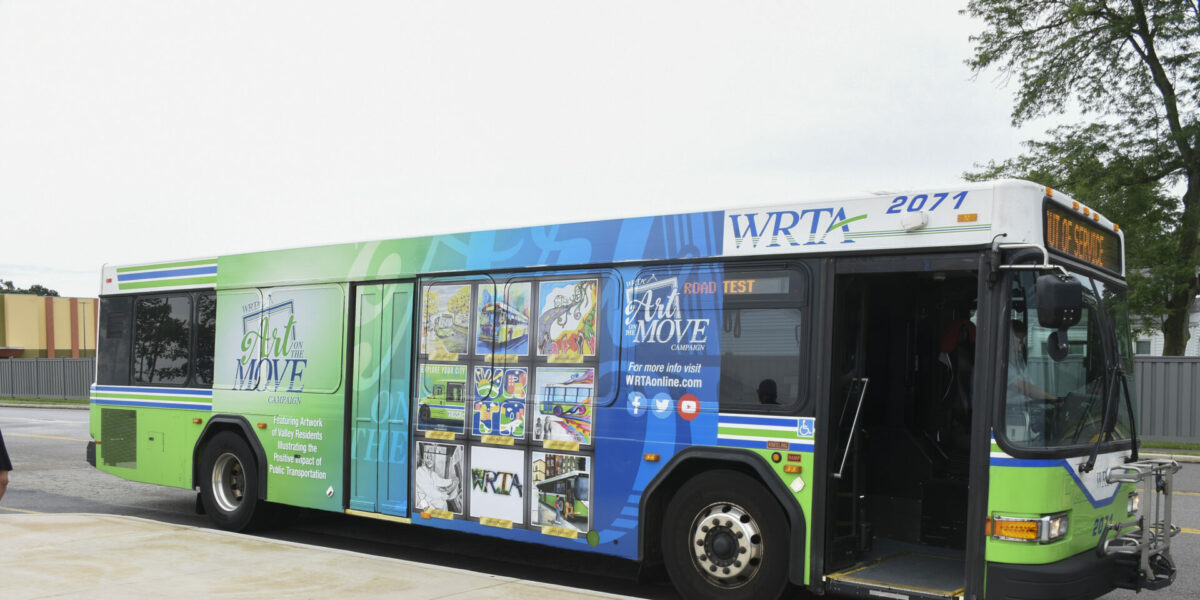Reliable Transit Advertising Philippines to Grow Your Target market
Reliable Transit Advertising Philippines to Grow Your Target market
Blog Article
How Transit Marketing Can Transform Public Transport Spaces Into Dynamic Advertising And Marketing Platforms
Transportation marketing holds significant potential to redefine public transportation spaces into dynamic advertising systems that involve and notify. As we explore the multifaceted advantages and evolving techniques of transit advertising, it elevates the inquiry of how this change can redefine our communications with both brand names and the city environment.
Advantages of Transit Advertising

Furthermore, transit advertising is highly affordable compared to traditional media. It enables marketers to accomplish high impacts at lower expenses, optimizing roi. The restricted audience of commuters offers a chance for brand names to communicate their messages to people who are typically receptive throughout their travel times.
Furthermore, the vibrant nature of transit marketing allows projects to be upgraded frequently, making sure that messaging remains prompt and relevant. This versatility can be crucial in reacting to market patterns or promotional occasions, maintaining the brand top-of-mind for consumers. Last but not least, the pervasive visibility of transportation marketing contributes to brand recall; repeated exposure within familiar travel contexts enhances brand name awareness and fosters consumer commitment, inevitably driving sales and enhancing brand name credibility.
Types of Transit Marketing
Public transport systems offer various layouts for advertising, each catering to various advertising methods and audience involvement methods. One popular type is exterior bus and train covers, which cover the whole lorry and create a mobile signboard effect, permitting high exposure in urban settings. These covers can capture focus as they go across hectic roads, getting to a diverse target market.
One more popular style is interior advertising and marketing, which consists of posters, digital displays, and ads on transit seats. These positionings involve travelers throughout their trip, reinforcing brand name messaging in a restricted area. Digital displays, specifically, provide the advantage of dynamic content, making it possible for advertisers to update messages in real-time.
Station advertising is also significant, including posters, banners, and interactive stands within transportation terminals. These advertisements utilize foot traffic and can target particular demographics based upon area.
Lastly, marketing collaborations with transit authorities can lead to special campaigns, such as themed transportation experiences or occasions, enhancing the general involvement with travelers. Each sort of transportation marketing supplies distinctive advantages, enabling brands to tailor their method to effectively reach their target market within the public transportation community.
Involving Travelers Properly
Travelers are significantly flooded with advertising messages during their everyday travels, making it necessary for brands to engage them in ingenious means. To catch focus in this jampacked space, advertisers have to focus on imagination and importance. Using appealing visuals and concise messaging can significantly boost the chance of interaction.
Interactive elements, such as QR codes or enhanced truth features, can additionally transform static ads right into immersive experiences, cultivating a deeper connection with the target market. Brands need to concentrate on attending to travelers' rate of interests and demands, tailoring messages to reverberate with their way of life, whether via promos for local services or services created to improve their travelling experience.
Additionally, timing plays an important function; tactically positioning advertisements throughout peak travelling hours can make best use of visibility and influence. Involving commuters effectively also involves leveraging social media combination, allowing travelers to share their experiences or promos directly from transportation systems, consequently intensifying brand name reach.
Essentially, effective interaction rests on recognizing the commuter trip and producing engaging, interactive, and appropriate advertising and marketing experiences that not just record focus but likewise drive activity and loyalty. By doing so, brands can transform public transport into a vibrant marketing system that resonates with its target market.

Measuring Advertising Effect
Just how can brand names precisely examine the performance of their advertising projects en route settings? Gauging the influence of transportation advertising needs a complex approach that integrates quantitative and qualitative metrics. One prevalent technique is tracking interaction through mobile analytics, where brands can assess foot web traffic patterns and app communications previously, during, and after projects.
Studies can provide valuable insights right into brand recall and customer view, allowing brands to gauge exactly how well their messages resonate with travelers. Furthermore, monitoring social media sites engagement pertaining to specific campaigns can reveal shifts in public understanding and brand name discussion.

Additionally, working together with transit firms can improve measurement precision, as they frequently have thorough market data on ridership trends. By incorporating these techniques, brand names can develop an extensive understanding click here now of their marketing effectiveness, making sure that their projects not only reach yet also impact their target market properly.
Future Trends en route Advertising And Marketing
A significant shift is expected in transit advertising as technological innovations and transforming consumer actions improve the landscape. Transit Advertising Philippines. The integration of digital screens and multimedias is expected to enhance engagement, permitting brand names to supply dynamic content that reverberates with varied audiences. As mass transit systems embrace smart technology, advertisers will certainly take advantage of real-time information analytics to tailor messages based on traveler demographics and actions
Moreover, increased truth (AR) is positioned to revolutionize the means travelers communicate with ads. By providing immersive experiences, AR can change a mundane trip into an interesting narrative that captures focus and fosters brand name loyalty. This innovation will likely urge advertisers to create more experiential projects that drive customer interaction.
Sustainability is an additional crucial trend affecting transportation advertising. As environmental consciousness grows, brand names will progressively look for to line up with environmentally friendly methods, using lasting products and advertising eco-friendly efforts within their campaigns.
Verdict
In final thought, transportation advertising and marketing provides significant advantages by boosting brand exposure and engaging a restricted audience. As trends develop, the potential for ingenious interactions in between brands and commuters is positioned to expand, making certain that transportation advertising and marketing remains a crucial element of modern-day advertising methods.
Transportation advertising holds substantial potential to redefine public transportation rooms into vivid advertising platforms that engage and inform. The pervasive existence of transportation advertising adds to brand name recall; repeated exposure within familiar travel contexts enhances brand name awareness and cultivates consumer loyalty, ultimately enhancing and driving sales brand name credibility.
Just how can brands accurately evaluate the effectiveness Source of their marketing projects in transit environments?In conclusion, transit marketing supplies substantial advantages by enhancing brand name exposure and engaging a captive audience. Transit Advertising Philippines. As fads advance, the capacity for cutting-edge communications in between commuters and brand names is positioned to grow, making certain that transit advertising and marketing remains an important element of modern marketing strategies
Report this page